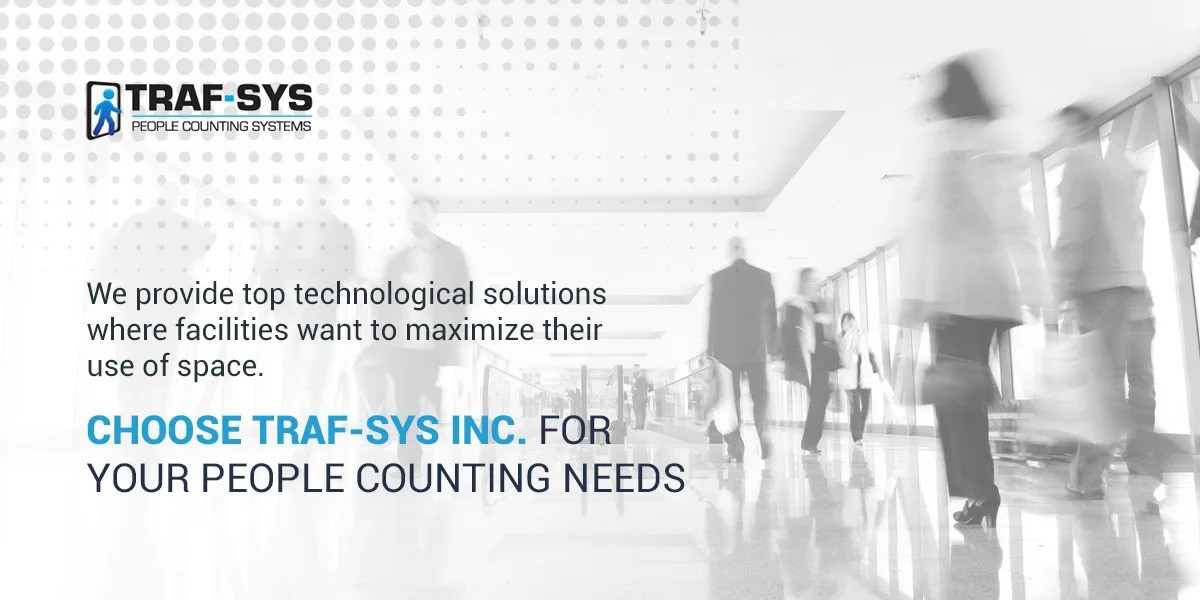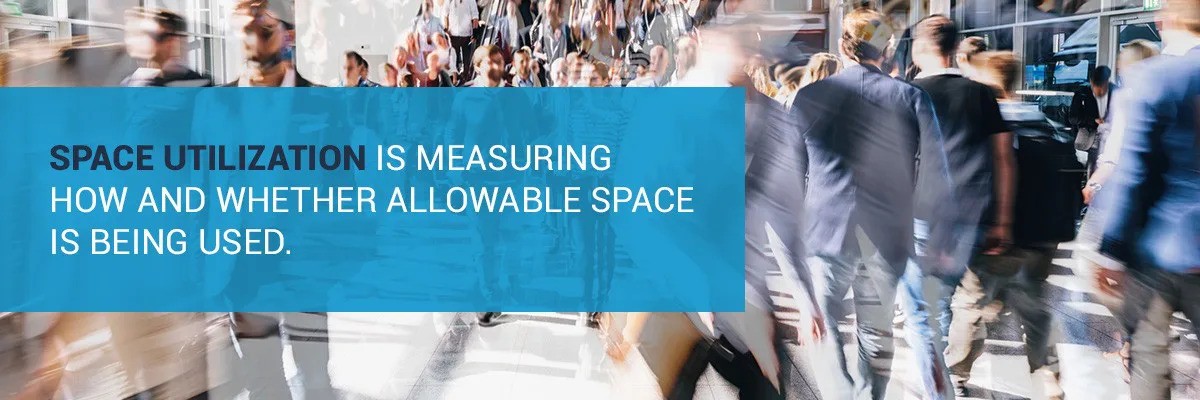

Table of Contents
Every organization places great value on its working space. The area or environment dedicated to operating a facility comes with a significant cost, including the real estate value, the operating expenses and the effectiveness of people working in that space.
It’s difficult to achieve maximum efficiency and produce a proper return on investment without utilizing space to its fullest advantage. Whether it’s retail space, casino space, library space, museum space or university campus space, the facility’s area needs to maximize its space utilization. This is best done by measuring key performance indicators (KPIs) like the number of people using the allowable space.
These KPI measurements are commonly called metrics. They provide realistic data that can be analyzed and used to identify where space is ineffectively utilized. Space utilization metrics can also show what’s really working inside a workspace, which can add significant value to a facility’s operation.
Today’s technology allows facility managers to calculate their space utilization rate easily. Understanding factors like traffic trends and person-to-space occupancy ratios allow managers to improve business performance, secure funding and optimize labor by making better-informed decisions. One of the best technologies available for space utilization calculation and achieving maximum cost-effectiveness is a people counting system.

Simply put, space utilization is measuring how and whether allowable space is being used. It’s commonly expressed as a function of occupancy rate and frequency rate. The occupancy looks at how full the space is compared to its capacity, and the frequency rate measures the amount of time the space is used compared to its availability.
Space utilization rates are assessed by the actual use of a facility’s space experiences and the predicted use expected from a particular space. Private office space utilization is no different from public space use when it comes to examining metrics and calculating peak use and low-occupancy times. Whether it’s a corporate boardroom or a library reading area, effective managers must know how their space is truly utilized.
Space utilization is as much about managing people as it is about measuring space. Every facility has its high and low occupancy periods. The trick for managers is knowing how to measure those metrics accurately and move them into a matrix where meaningful data presents a true picture of how their space is used.
Another way of viewing space utilization is by dividing a facility’s occupancy by its capacity. For instance, if a facility has the capacity to handle 300 employees but only has 200 on staff, the space utilization ratio is 3:2 or 67 percent utilized. That ratio indicates a lot of unused space, which is expensive real estate.
There is no magic or optimal formula for calculating peak space utilization because each facility has its own specific requirements for the people-to-place formula. For instance, a museum may require extra floor-to-visitor space because of exhibit requirements, while a casino environment will tolerate a much more packed feeling.
A retail outlet, such as a shopping mall location, depends on drop-in traffic. Retail managers have to analyze foot traffic flow trends and compare them with times and promotions so as to maximize their shop space. Education facilities like campuses and universities also have to measure occupancies to schedule staff to meet service needs.
To accurately monitor traffic and understand ultimate space utilization, it’s necessary to measure key factors that balance the people-and-place equation. One true indicator of traffic measurement is a people counting system. These are hardware and software components that provide accurate information on who’s coming, staying and going. People counting systems give a great picture of space utilization metrics.
Contact us with any questions!
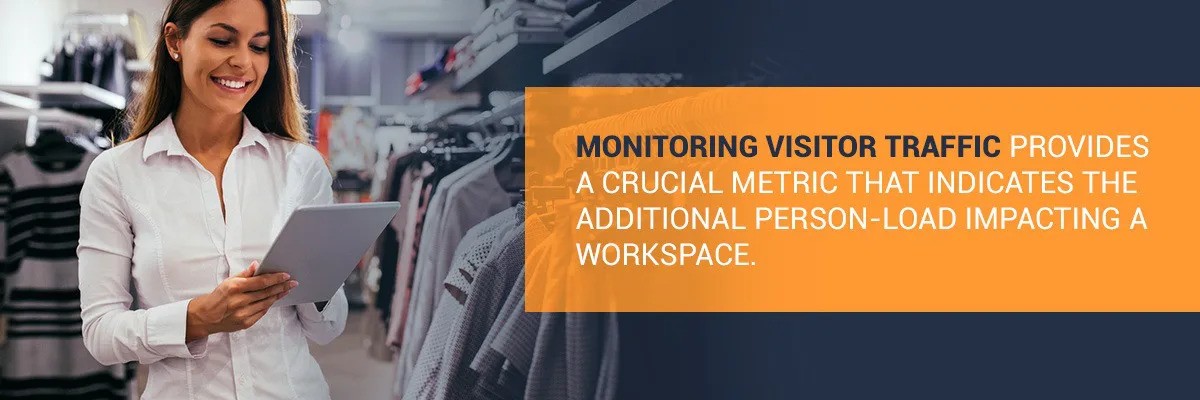
Metrics are an all-encompassing term for measurement units. There’s no precise metric list because there are so many variables in calculating which parts of a facility are being utilized efficiently and which are being under-utilized. Developing metrics is a matter of examining what key performance factors occur within a particular space.
Another way to look at space utilization metrics is by viewing them as data collection points. Getting meaningful data requires an accurate measurement of what people are doing within a particular place. Some common metrics applicable to calculating space use are:
One of the best data-gathering tools for establishing space utilization metrics is a people counting system. Monitoring people through technology gives real-time data about accurate movements within a facility. People monitoring identifies peak usage in all areas like meeting spaces, individual workspaces and common spaces within any facility. Installing a people counting system will truly benefit space utilization management.
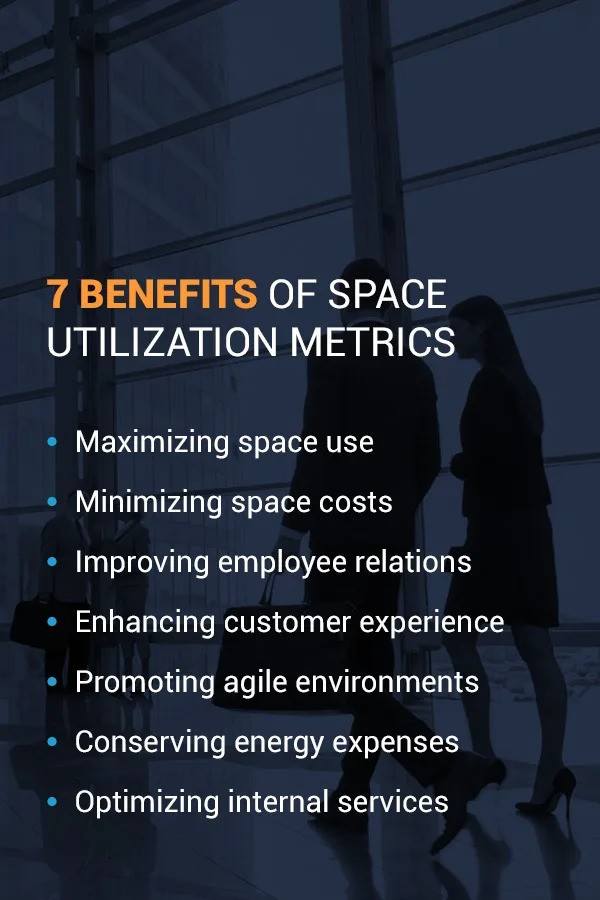
Facility space is one of the top costs of operating any business. To be cost-effective and deliver the best return on investment, facility operators have to manage their space as best as possible.
There are many ways that prudent managers benefit from wisely utilizing their space. By developing realistic metrics and applying data generated through people counting, every facility has the opportunity to increase performance and use their allowable space to its advantage. Here are seven benefits gained from space utilization metrics:
Every company that employs space utilization metrics and implements positive changes can expect a positive impact. Investing in technology support like people counting systems shows up as more than an improved bottom line. The return on investment also comes through as customer satisfaction, employee efficiency and organizational safety.
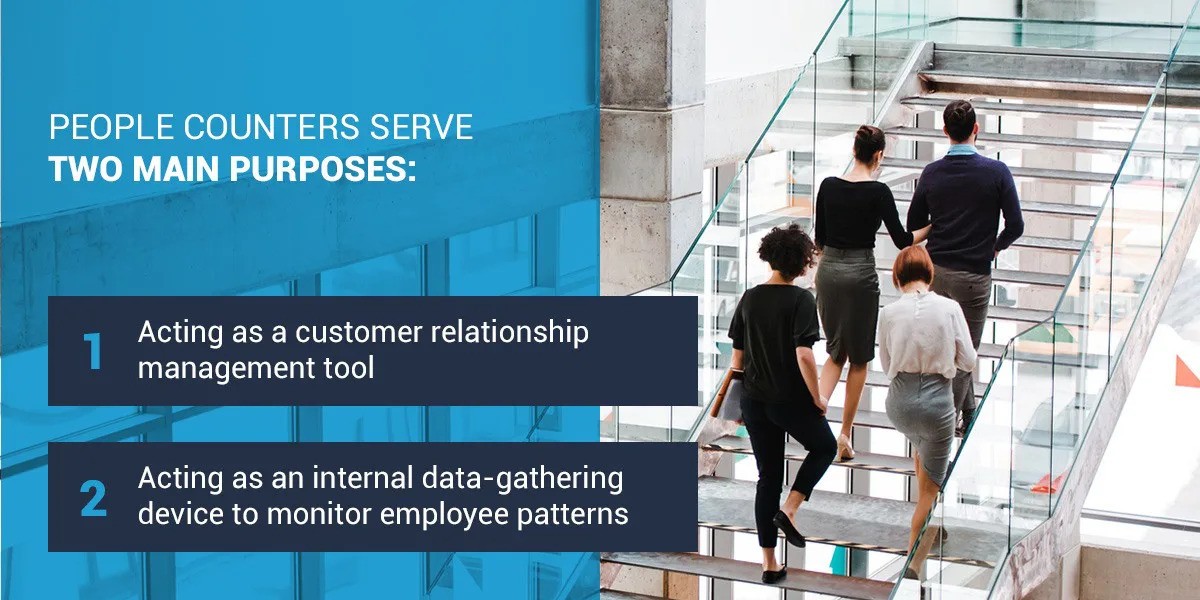
People counting systems are fascinating technological tools. They work on a straightforward principle of monitoring human movements in and out of a facility. Technology-based counters also track people as they move about the place.
People counters serve two main purposes. The first is acting as a customer relationship management tool. The second is acting as an internal data-gathering device that builds metrics to monitor employee patterns. In both roles, people counting systems provide excellent benefits that help make the best use of space in every application.
As with all technology, people counting systems continue to evolve. These systems are now highly sensitive compared to early models that simply clicked as people passed by. Many of today’s people counters are complex integrations of hardware and software. Here is a brief view of current people counting technology:
Investing in people counting systems is a must for progressive facility managers who want to make the most of their space utilization. There is a wide range of components used for counting people, and they vary in sophistication. These are the common components found in most people counter systems:
Integrated software is an important technological support to integrated people counting systems. Compatible software takes data sent from counting sensors and transmits it into meaningful metrics. Information generated in software reports lets a management team clearly view what human activity takes place inside their premises. From this valuable content, managers make serious decisions about utilizing space.
Traf-Sys provided top technological solutions where facilities want to maximize their use of space. Traf-Sys people counting systems provide component and software support for traffic monitoring challenges that mine raw data and turn it into meaningful metrics. From this information, business owners and operators have an excellent base on which to plan their optimal space use.
Over 17,000 locations depend on Traf-Sys people counters to inform them of patterns that affect business decisions and bottom lines. These include facilities like universities, retail stores, shopping malls, casinos, libraries and museums. Each one has benefitted by profiling their human movements, and they’ve made better use of their space from it as well as improving their bottom line.
Learn more about how people counter systems can improve your space utilization by contacting Traf-Sys today. Call us at 1-888-815-6568 or contact us online.
